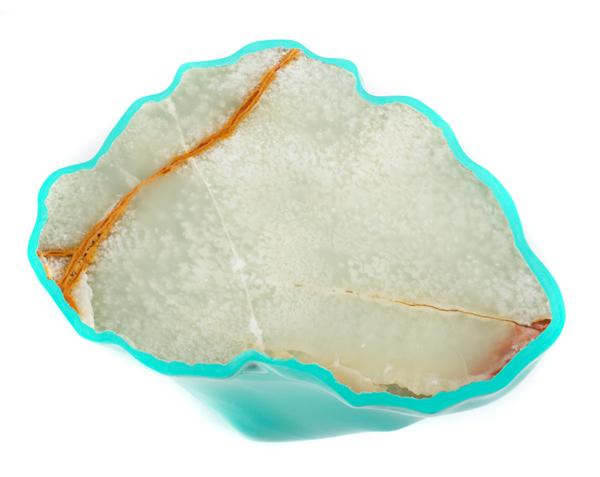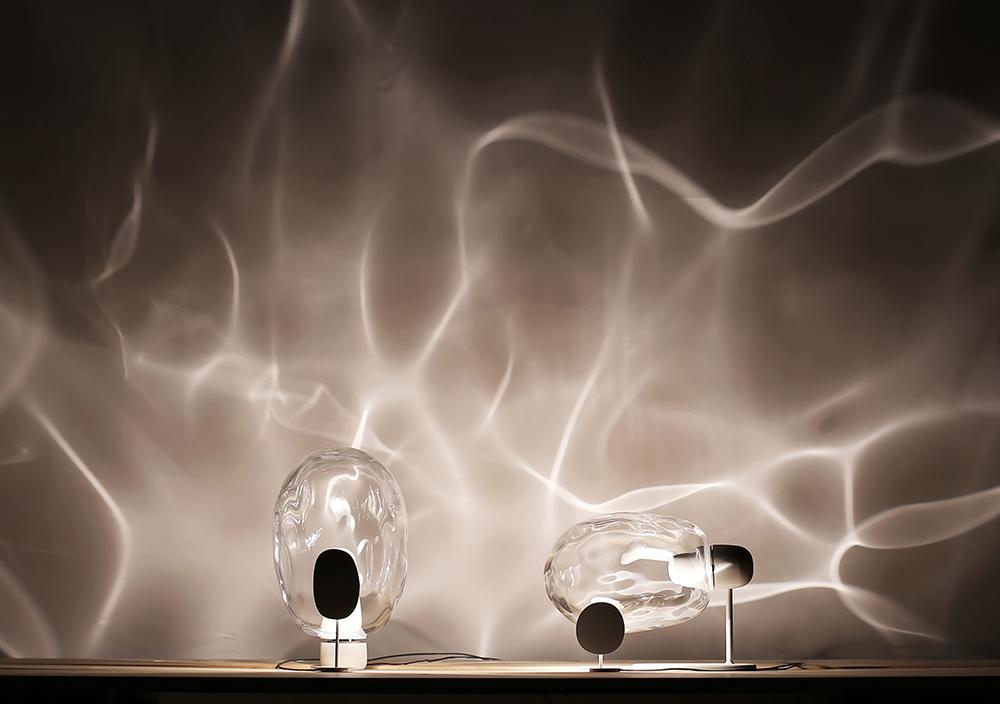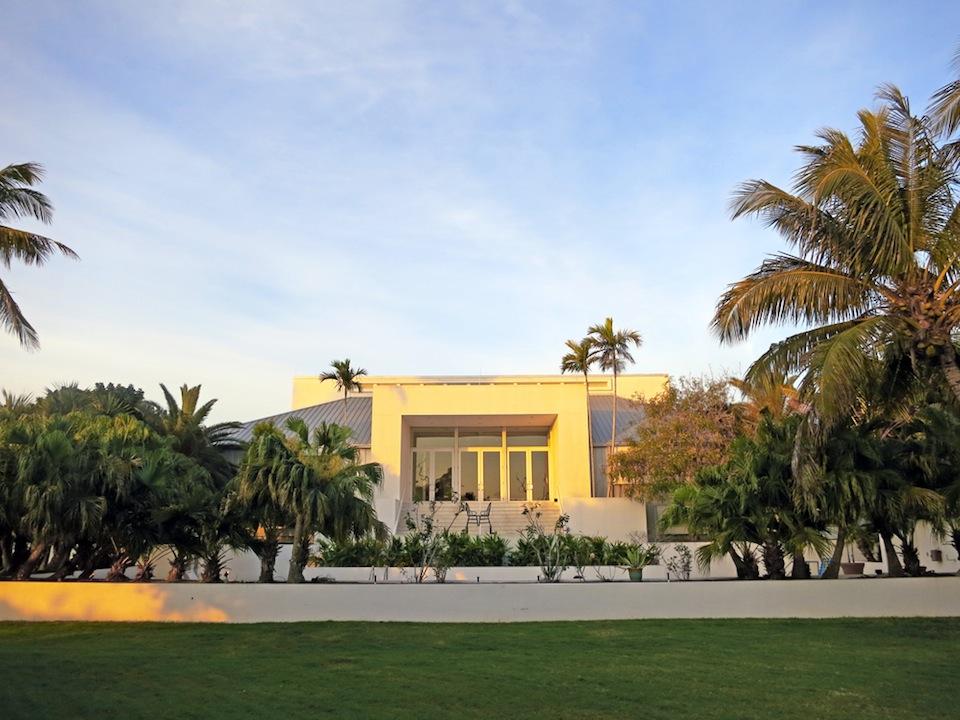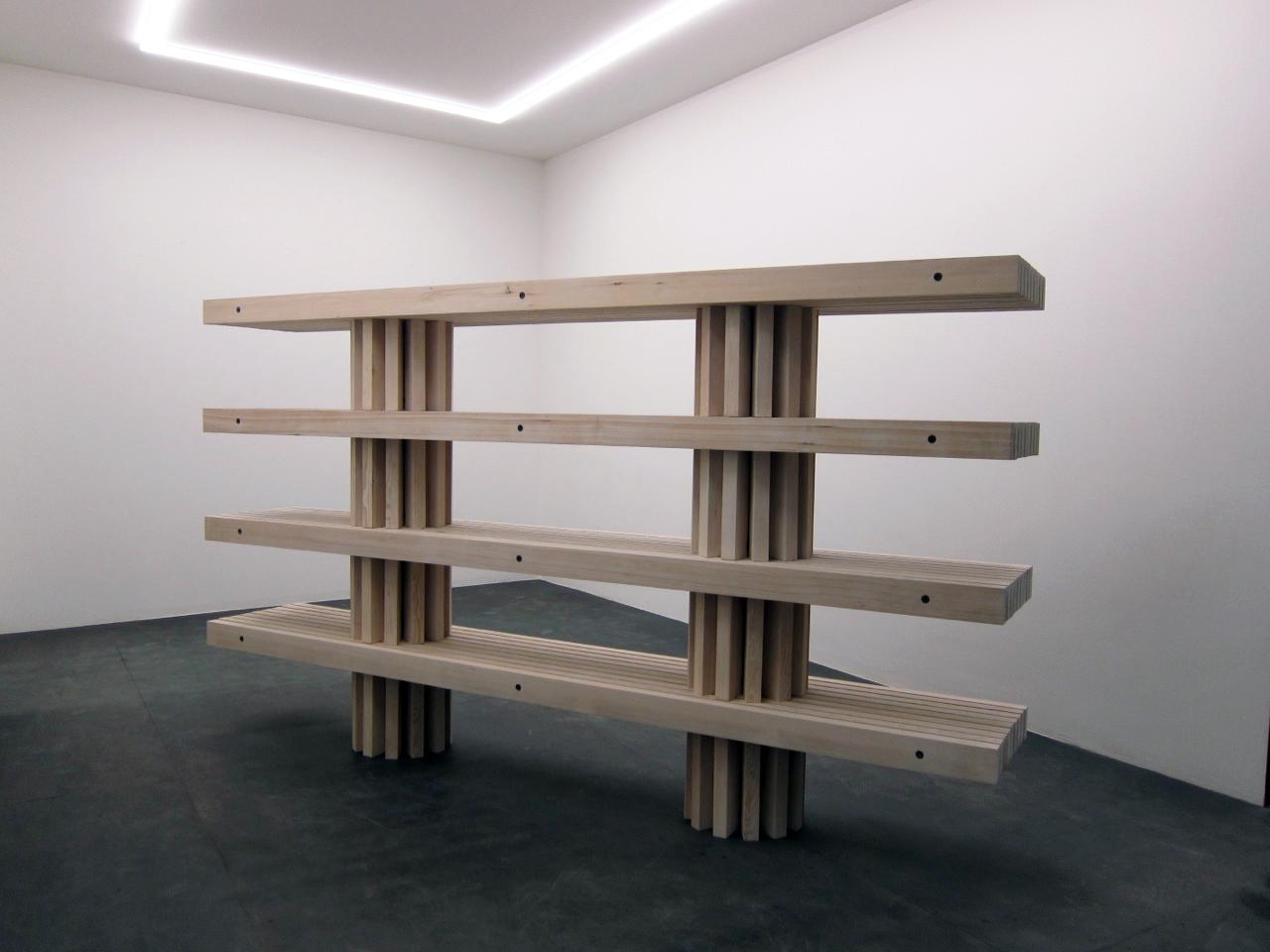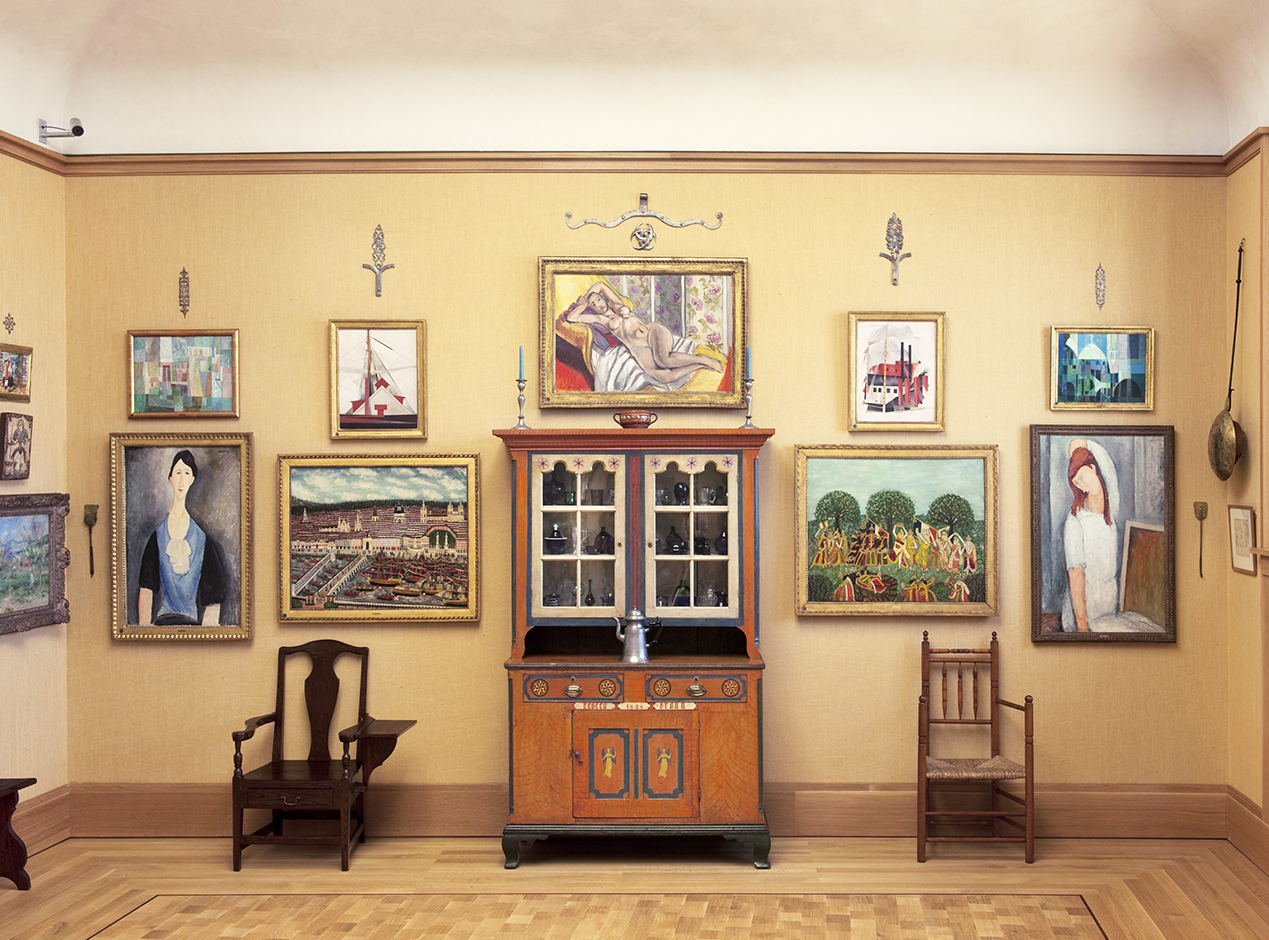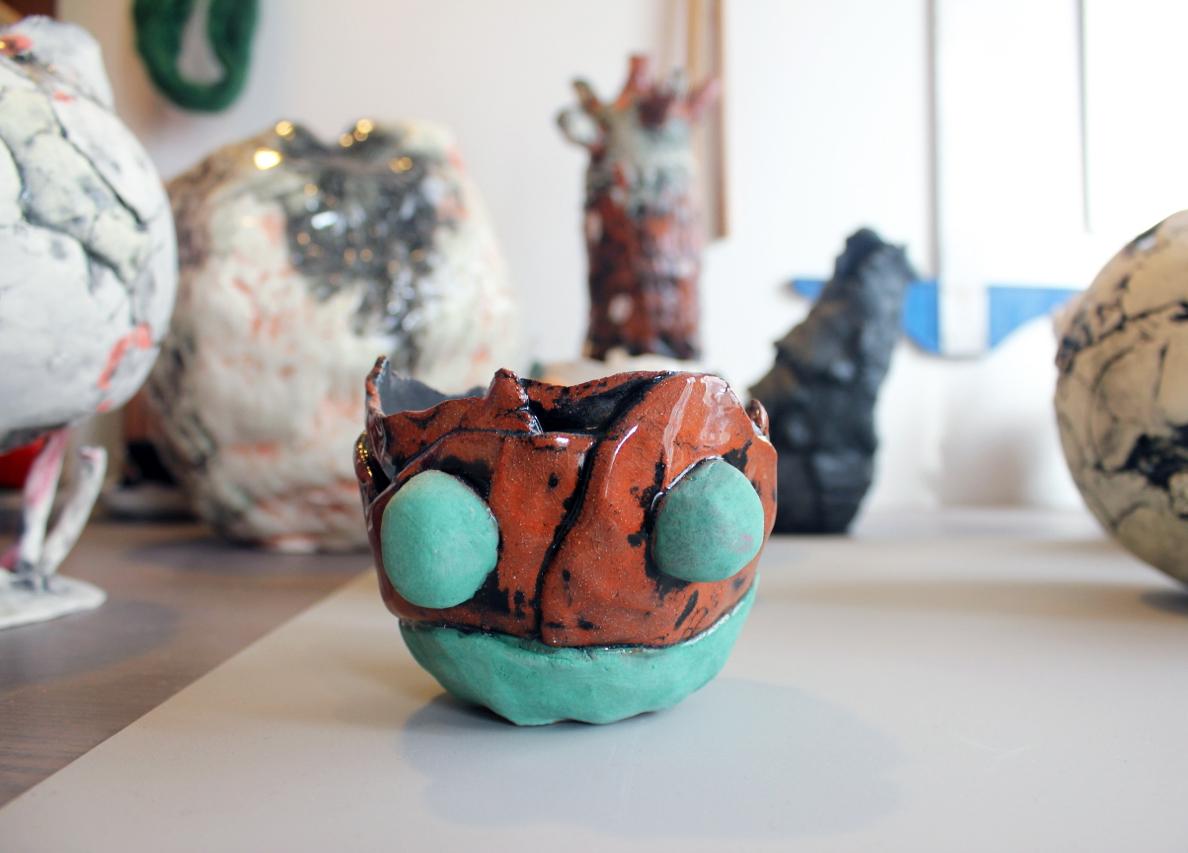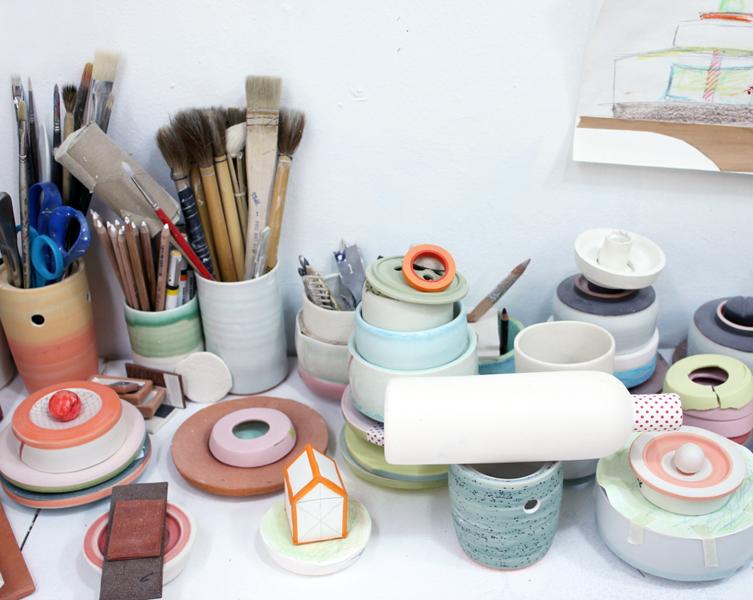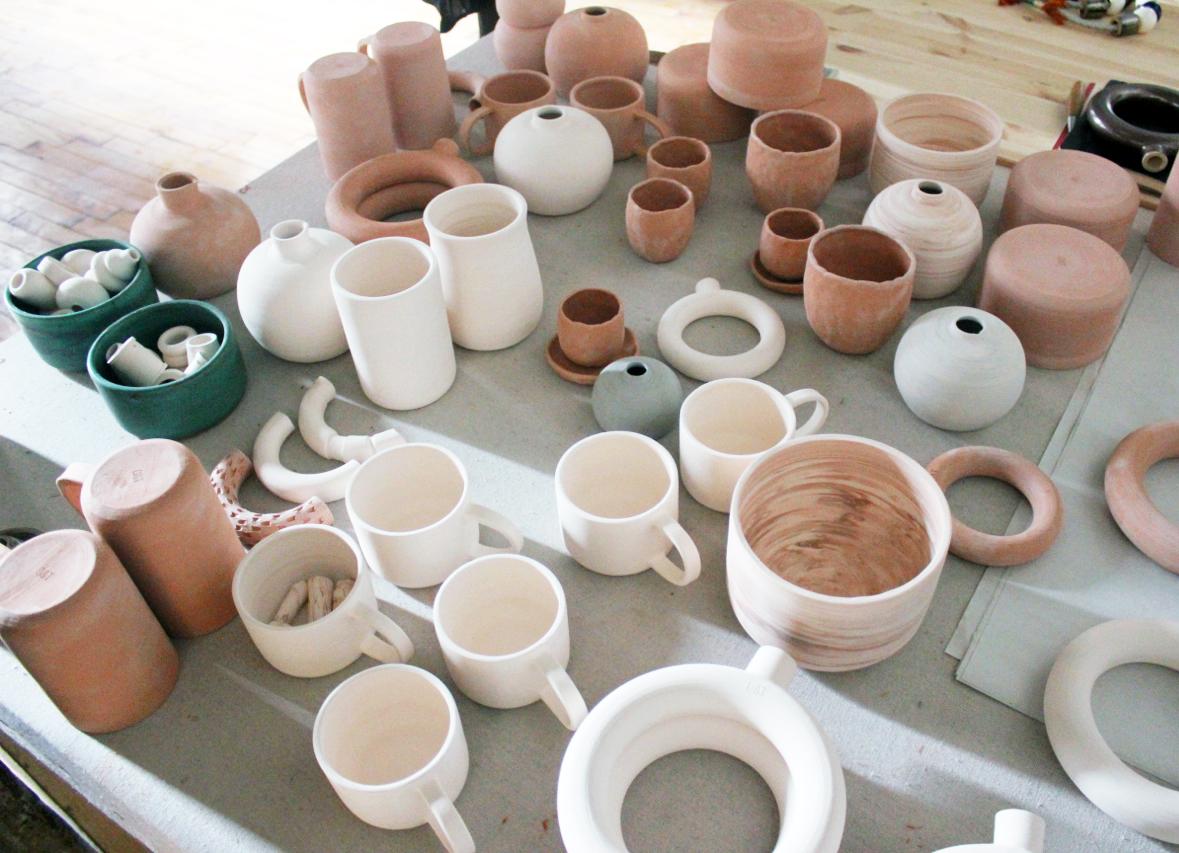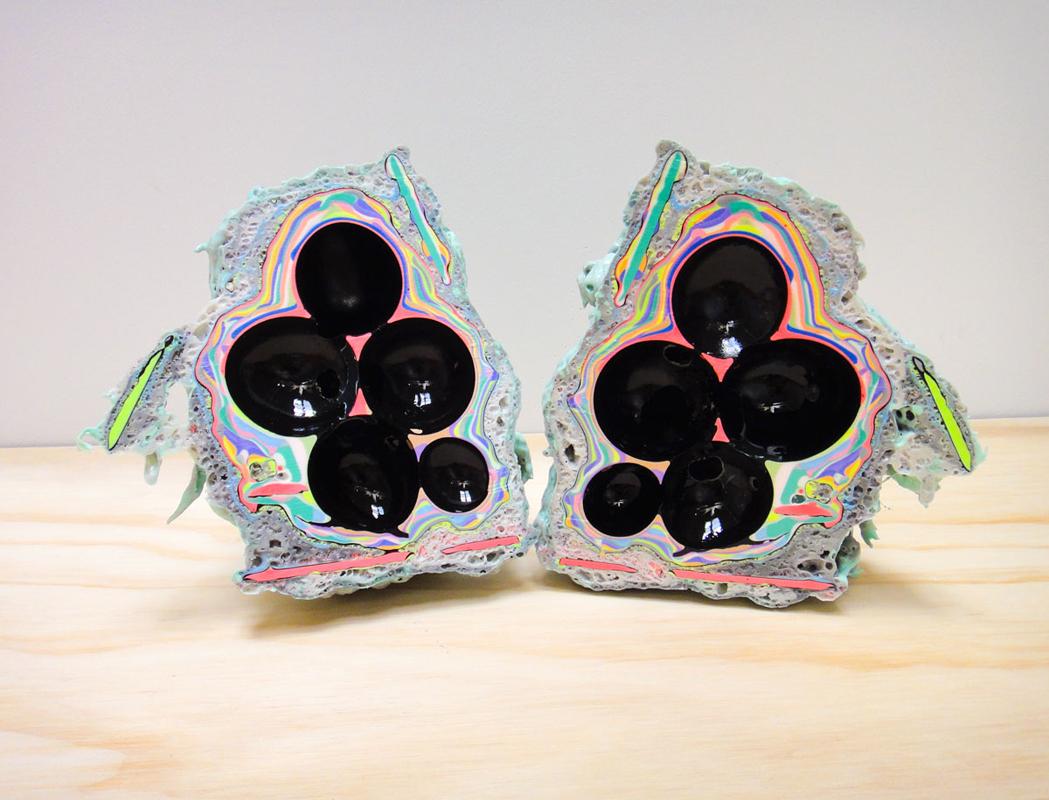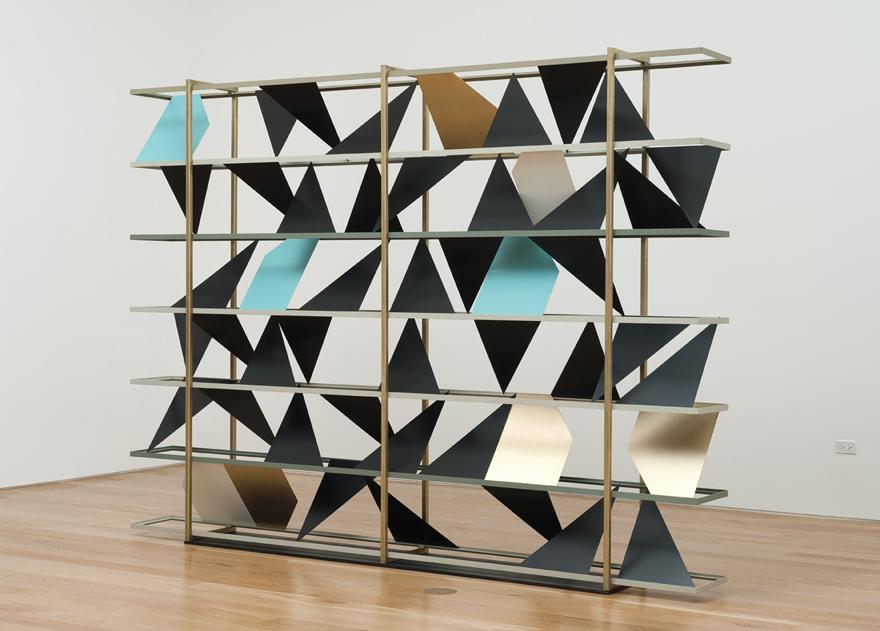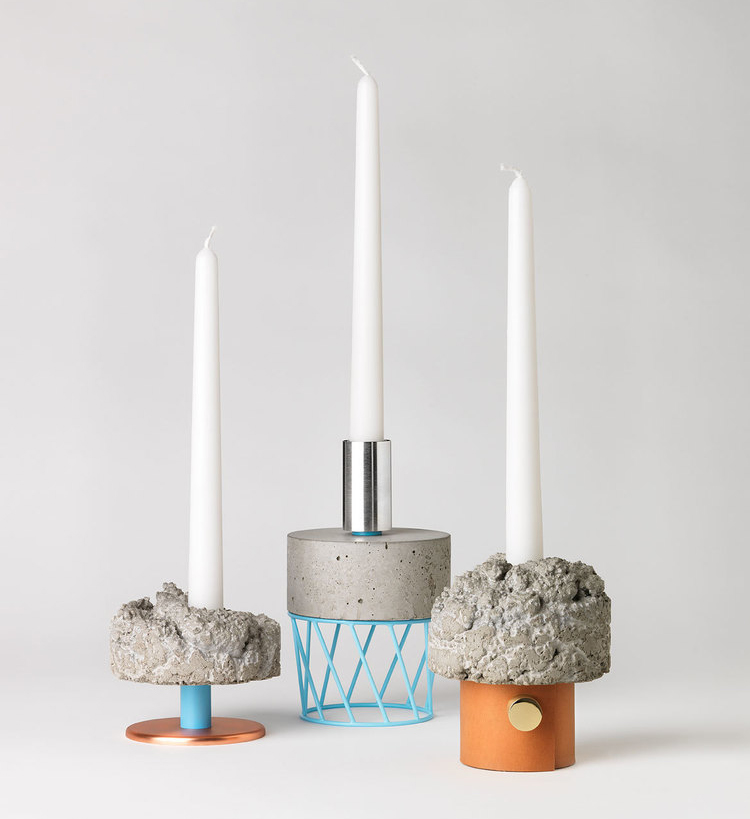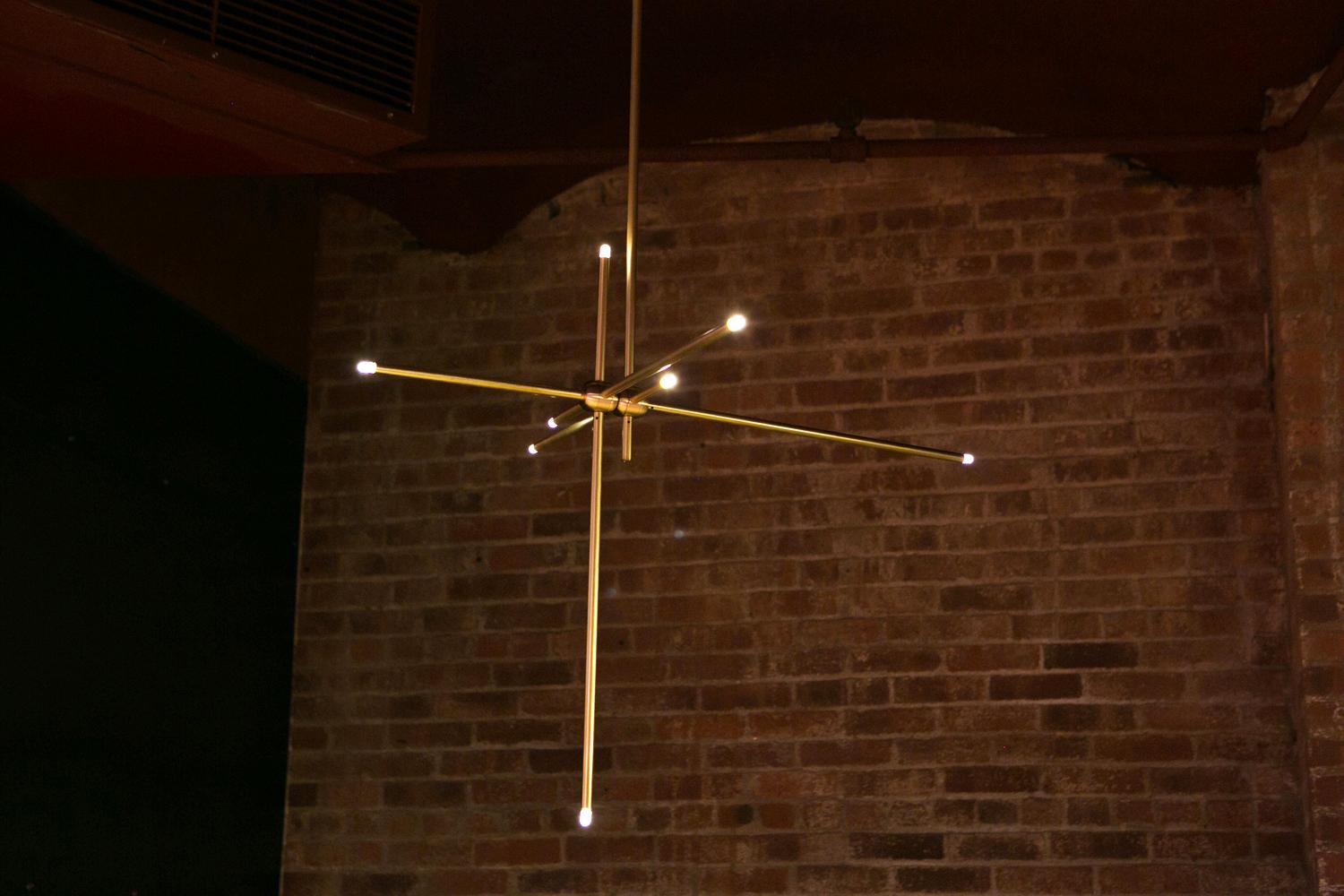
05.24.13
What We Saw
At New York Design Week 2013, Part II: Noho Next
In our fourth year of producing the Noho Design District, we’ve learned a few things. Namely: That while industrial, disused spaces have loads of charm, they also run the risk of leaking when those May showers hit. After two years of emergency sandbagging and climbing onto roofs in our galoshes, we decided it was time to go legit. So when we heard last fall that 45 Bleecker Street — which played host to Tom Dixon’s labyrinthine underground exhibition in 2012 — was about to undergo a gut renovation, to be reborn as a music events space, we knew we wanted in. We decided early on that the space would be filled with up-and-coming talents for our Noho Next exhibition, which in the past has proved a bellwether for design stardom, featuring the likes of Jonah Takagi, ROLU, Fort Standard, Iacoli & McAllister, and Brendan Ravenhill. We have a feeling this year’s edition will prove no different.
